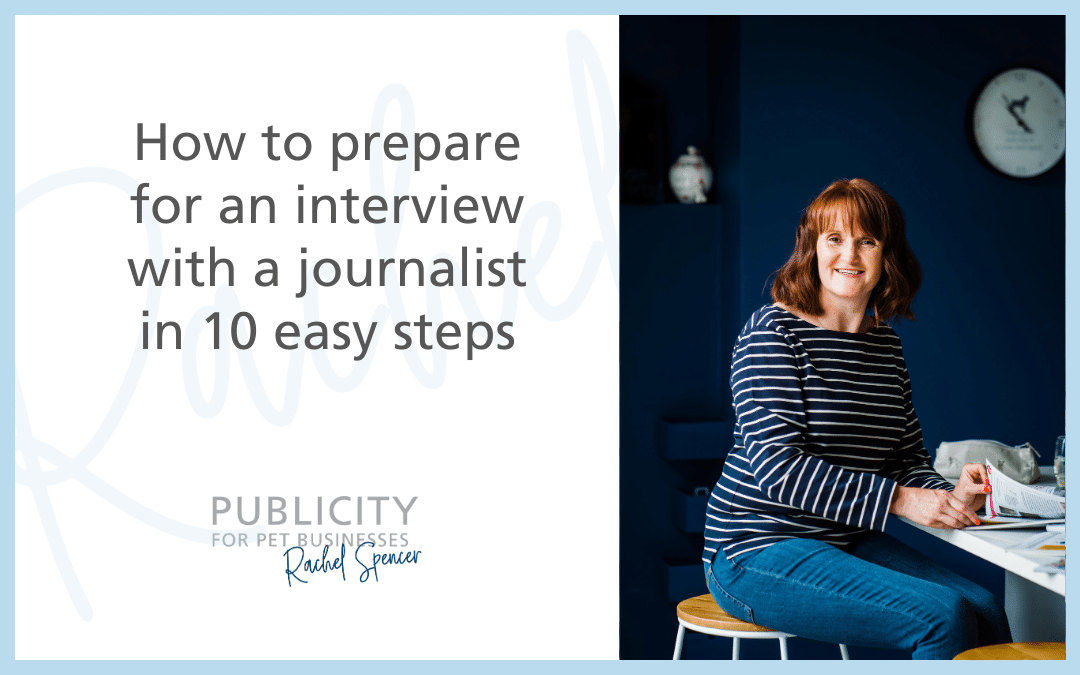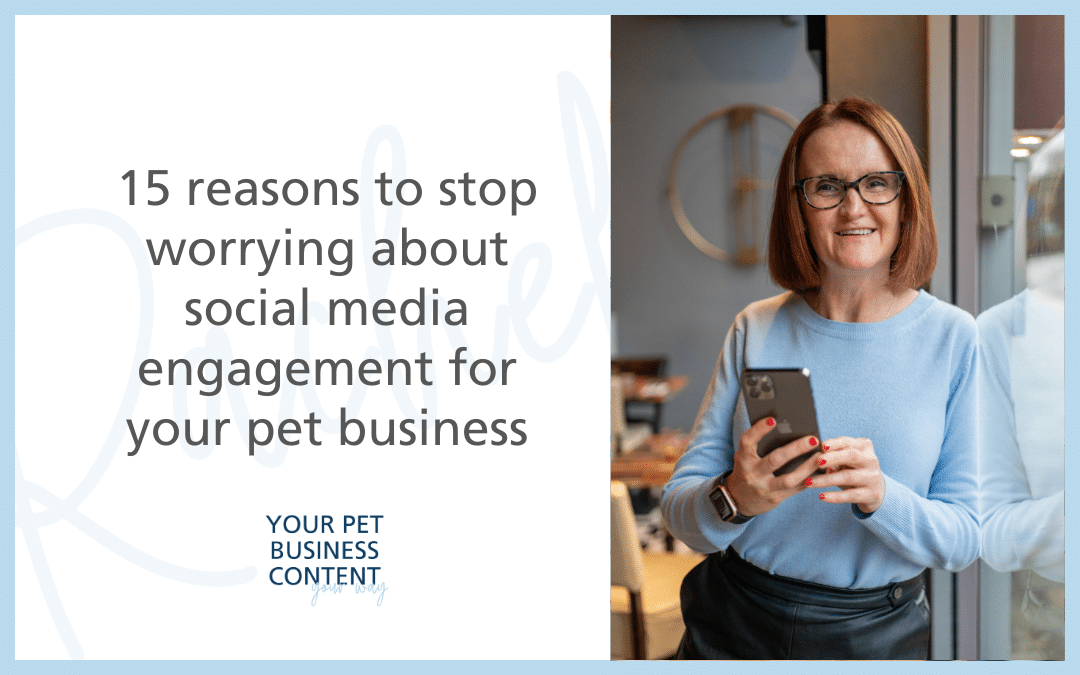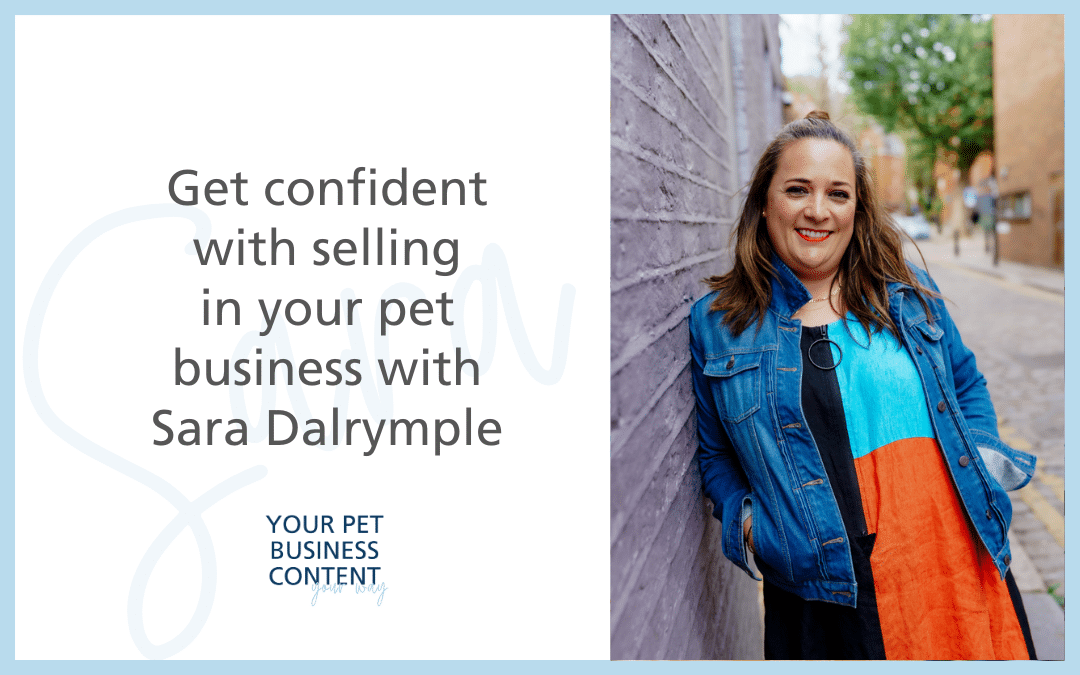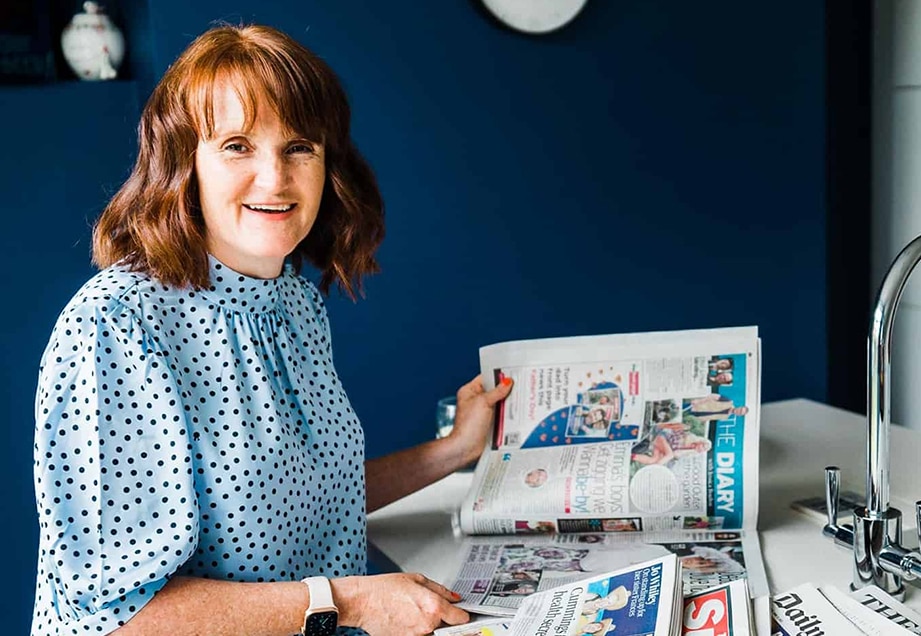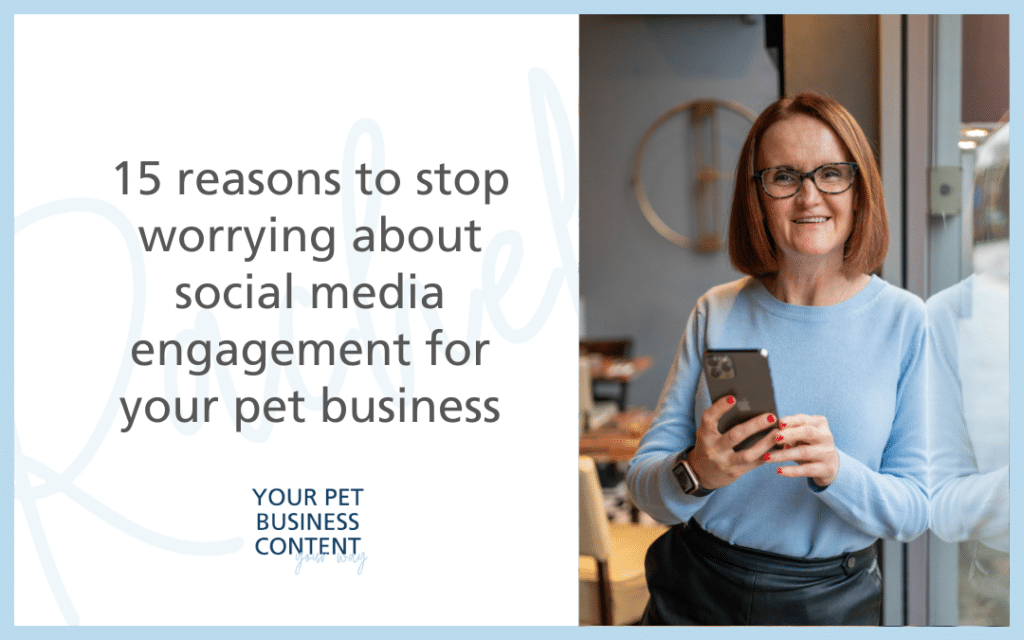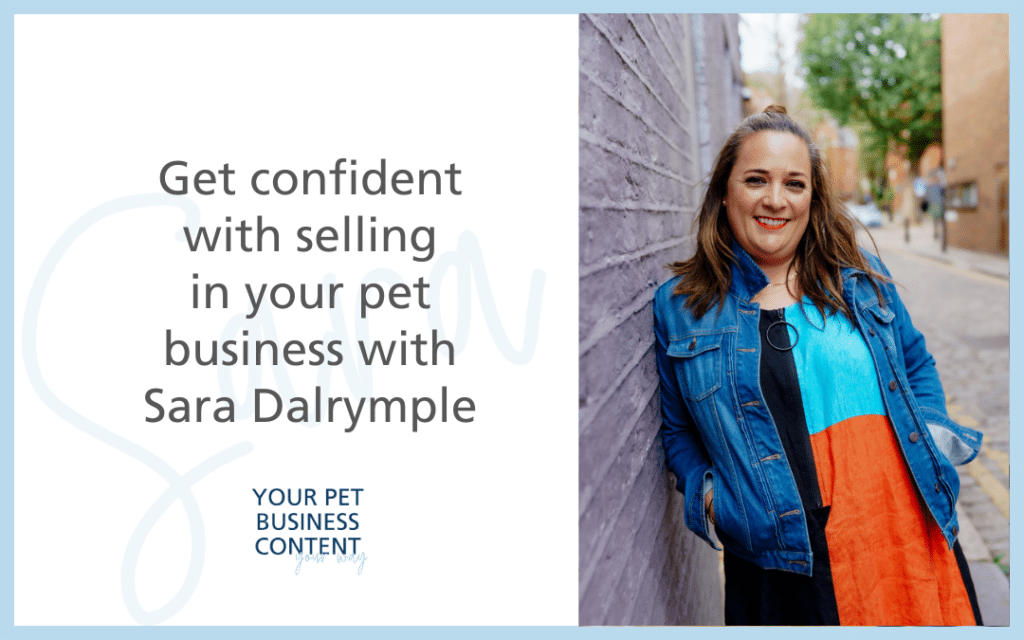Have you pitched an idea about your pet business to a journalist and had a positive response?
First of all, congratulations! Journalists get hundreds of approaches every day from members of the public, PR companies and freelances.
So, if you’ve had a reply and they want to speak to you, that’s fantastic.
What’s important now is that you make the right impression so they come back to you each time they want to cover your area of expertise.
You want to become their go-to expert so here are ten steps on how to prepare for a media interview to ensure things go smoothly.
These tips can be applied for newspapers, magazines, TV, radio and also new media, so if you’re working with an influencer or podcaster.
You can listen to this as a podcast on the player link below or read it as a blog post.
1. Read the publication
There are so many new magazines and websites cropping up all the time so if you’ve pitched to one, it’s really important that you read it first.
Try to work out who their target audience is – they may have a media pack you can look at.
For example, if they have an older readership, then concentrate on this when you’re preparing for your interview.
If they are targeted at millennials, research trends in millennial pet ownership so the information you share is relevant to their readers, viewers or listeners.
2. Look at other stories they have covered that are similar to your topic
If you’re being interviewed about puppy training, take a look at other articles on the website on this topic and try to offer a fresh perspective.
Recently I worked with Jade Statt, co-founder of StreetVet and pitched a story about the problems homeless pet owners were facing during lockdown.
We approached the Independent with the story as we knew they were already interested in highlighting the plight of homeless people and those with pets.
So we knew the journalist had an understanding of Jade’s work. You can read the story here: How homeless pet owners are coping during Coronavirus
3. Find statistics to support your story
Journalists love to include studies and statistics in their articles. Often they will need to go and find these to support an interview.
If you’re pitching a story about how boredom leads to behavioural problems in dogs then if you can find some research to support this, you’ll make a good impression on them.
With this pitch about Dominic Hodgson’s book Worry Free Walks, I used some research from Bristol University talking about boredom in dogs.
Researchers studied 400 dogs and found a lack of play can cause up to 22 different behavioural issues including anxiety, aggression, pulling on the lead, whining, and not coming when called.
You can read the article here: Dog owners who let pets become bored face behavioural issues
Try searching Google for research to make your interview really relevant.
4. Be friendly and don’t waffle
Journalists are real people and they want to build rapport with interviewees so they get the best from them.
Even if your subject is very serious, be friendly and personable but don’t waffle on too much, they are time poor.
5. Answer their questions as best you can
Try to keep a natural conversation flowing, particularly if it’s for TV or radio, and try to relax.
Generally, the journalist isn’t there to catch you out. But they may throw in a question you don’t know the answer to or that throws you.
If this is the case, politely ask if you can check and come back to them.
6. Don’t be difficult about sharing personal details
One massive bugbear of mine is when I ask people to tell me simple information that puts their story into context like their age and they refuse.
Most newspapers and magazines include the name, age, marital status and geographical area of each interviewee. If these aren’t included there is a chance your interview won’t be used.
It’s not because they are being agist or insensitive. Age gives context to the story.
In an instance where photos of the person in question aren’t used, it identifies the person.
7. Avoid talking over the journalist
I am guilty of this as I tend to get overexcited when something interesting comes into my head or I think of something I really want to ask.
Try to avoid this thought, especially for anything you’re doing live like radio or a podcast. Have a notepad and write down what it is you wanted to say.
8. Keep it simple
Remember you are speaking to the man on the street. The job of the journalist is to break down the information you’re giving and make it easy to understand.
So keep things simple. You don’t need to show off your knowledge or training, you’re there to explain something in layman’s terms.
9. Have key points/tips handy
Think about the key message you want to get across in the interview and keep going back to it. This way, it’s most likely this will make the final edit.
Remember, if you’re on the phone for 10 minutes, you will probably say around 12,000 words. The final story may only be 300 words so try to ensure you get the most important message across.
Also have three or five tips ready. For example, Pet Photographer Kerry Jordan did an interview on BBC Radio Kent on how to take better pictures of your dog.
She had three simple ways to improve your images ready for when the journalist asked her. It’s best to prepare these in advance so you’re ready.
10. Follow the call with an e mail with your website links/key resources/photos
Have an e mail ready to send at the end of your interview with your website link, a link to a folder of images – I recommend Dropbox or WeTransfer, and any resources you may have mentioned in the call.
Also, say thank you to the journalist for their time and leave your phone number so they can reach you easily with any queries they might have or for expert comment in future.
If you are thinking of pitching to the media and you have time on your side, I have a free press release template that comes with a series of e mails to support you.
You can download the template here: publicityforpetbusinesses.mykajabi.com/Press-Release
Looking to learn how to do your own PR? Check out my Get Your Pet Business in the Press self study programme.
You might also like to read: Seven Easy ways to connect with journalists

